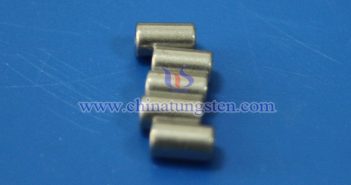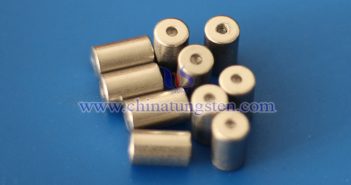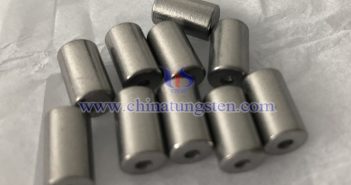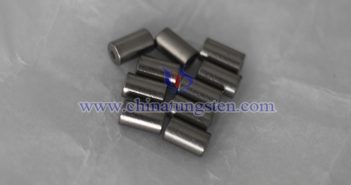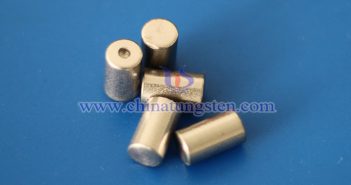
As a high-performance electronic material, barium tungsten electrodes demonstrate wide-ranging applications across multiple critical fields due to their low work function (1.6 eV), high current density (10 A/cm2), excellent ignition performance, and resistance to poisoning. Below are their primary application fields and technical characteristics: I. Lighting and Light Source Applications 1. High-Intensity Discharge Lamps (HID Lamps) Applications: Road lighting, industrial illumination, sports venues, and other scenarios requiring high brightness and long lifespan. Advantages: The low work function of barium tungsten…


